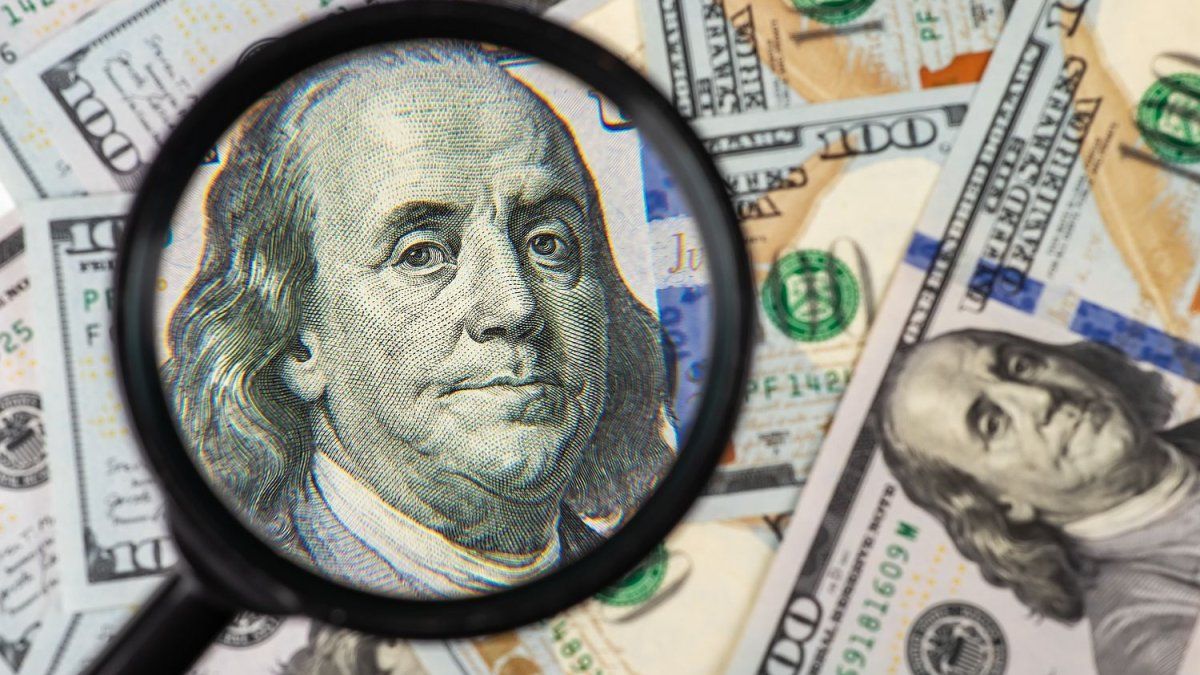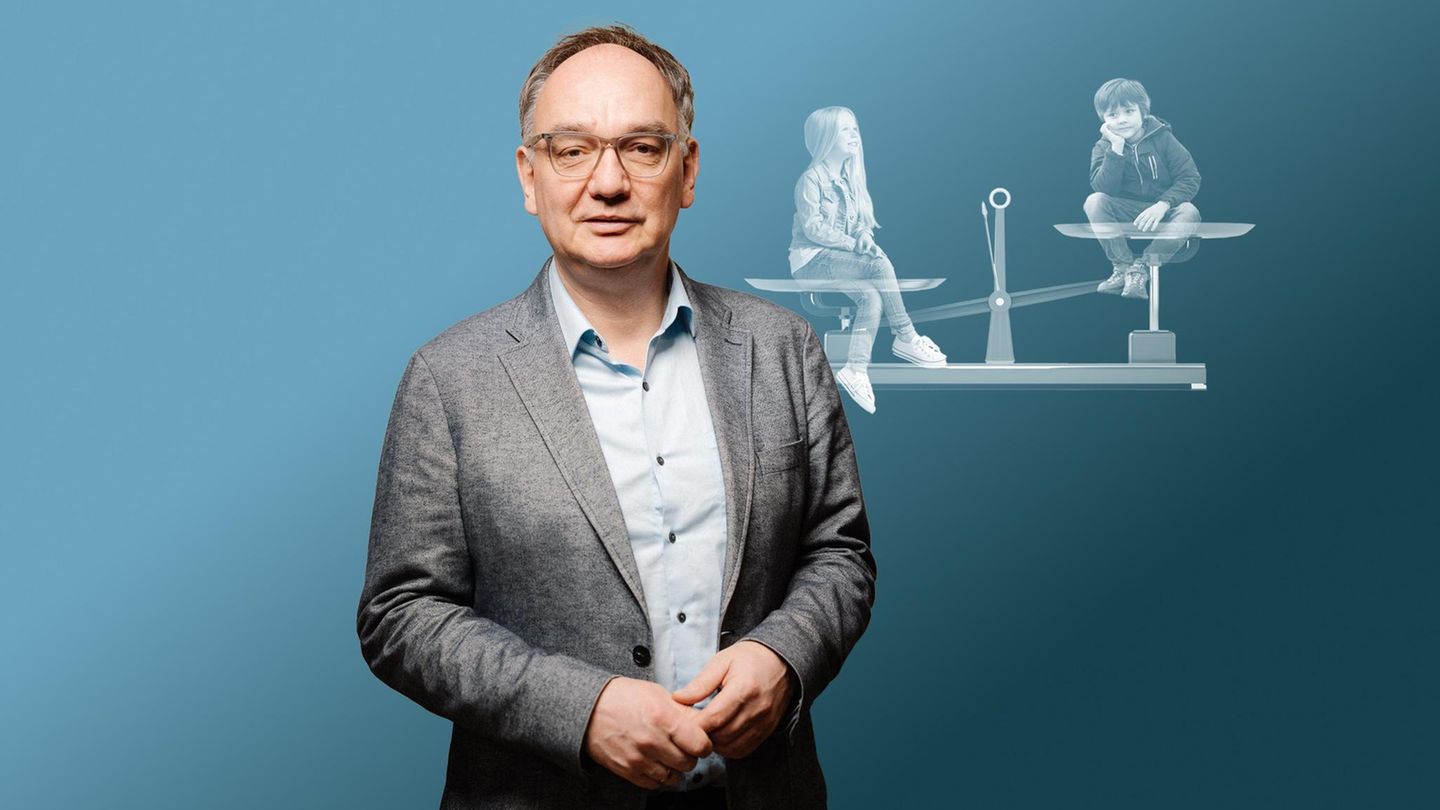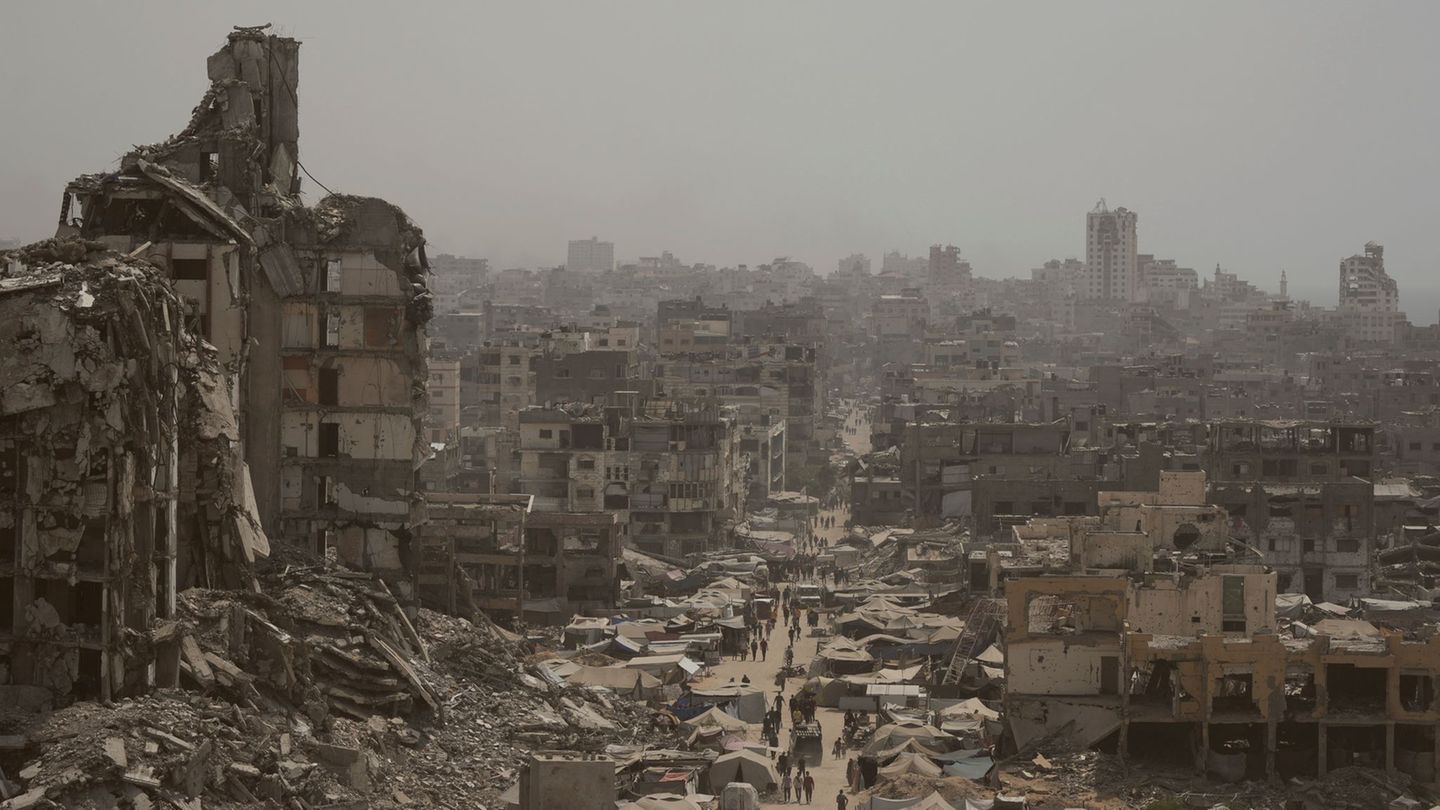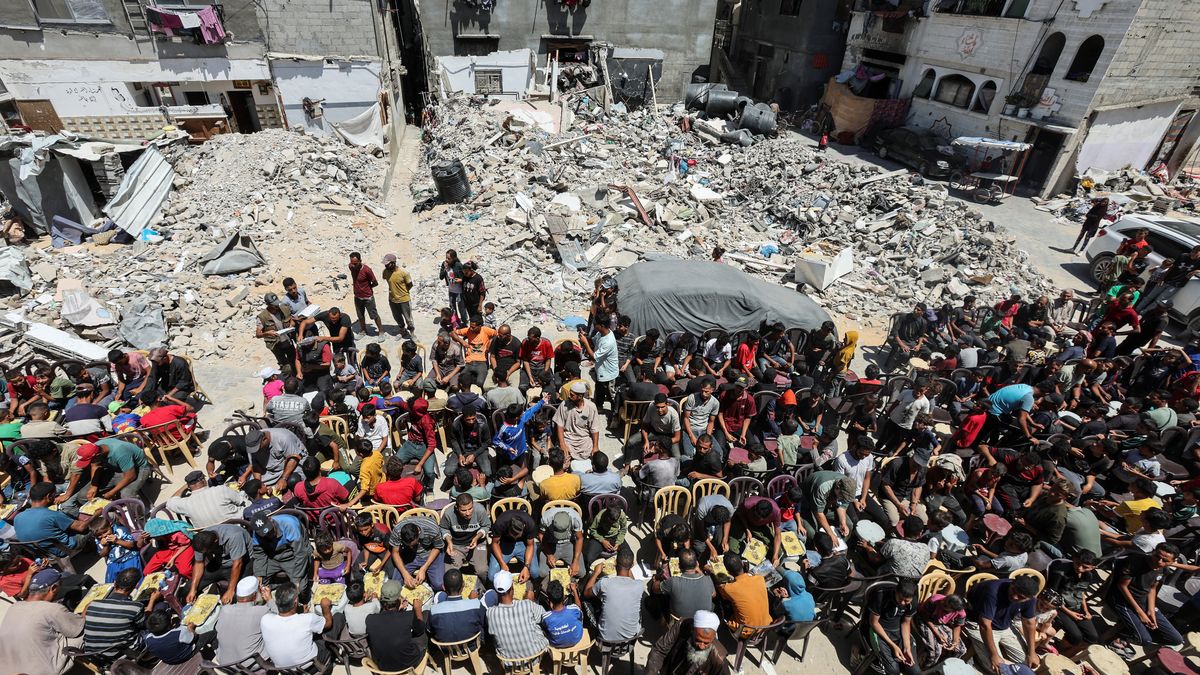He blue dollar adds its sixth consecutive day without losses, rises $25 (+2%) this Monday and is already located in $1,250. It thus reaches its highest price since September, after the lower interest rates of the Central Bank (BCRA). The gap surpassed the 20%its highest value since October 29.
The Government and the monetary authority focus on the Consumer Price Index (CPI)which they expect to give below the 3% monthlyaccording to the Market Expectations Survey (REM), to reevaluate the monthly adjustment rate of the official exchange rate (“crawling peg”) and the reference rate.
The inflation estimates corresponding to December suggest that the index could be located in the 2.7% monthlya slight acceleration of the November value (2.4%), but under the 3%. He BCRA It published its report on Tuesday, January 7, which includes updated projections from the city’s main analysts, with a survey carried out between December 23 and 27, 2024.
Blue dollar: what are the reasons why it does not stop rising?
The consultant Delphos anticipates that the CPI December would be between 2.2% and the 2.5%. This figure would be enough for the BCRA consider a slowdown in the “crawling peg” (monthly depreciation of the peso), 2% current monthly 1%, in line with the Government’s exchange stabilization objectives. In addition, he notes that lower inflation could provide room for gradual cuts in the nominal annual rate (TNA)currently in the 32%.
The thing is that, in the recent past, the movement that most heated the parallel exchange rate was the lowering of rates. Only in December, as an effect of the rate cut, did a 9.8%while in all of last year it barely rose 20% (+$205) compared to an inflation that would be 117.8% in the annual total, according to REM estimates.
Blue dollar: what do the city’s operators think?
The city’s operators, for the most part, maintain that the rise may respond to the seasonality of Januarywhere people demand a greater amount of foreign currency during the summer. Even more so this year, when it is so cheap to travel to neighboring countries like Brazil, Chile and Uruguaydue to the weight appreciation.
“I think the free dollar is more sustainedin line with financial dollars, although still within a climate of exchange calmas evidenced by a gap still close to 10% in the MEP,” he assured Scope the economist Gustavo Ber.
In addition, he attributed the increase to a “greater demand for vacations,” although he also highlighted the “expectation of decrease in the BCRA rate, from the disinflation process, which may be influencing”, as well as “the more challenging external context towards emerging countries”.
For its part, Gustavo Quintana, of PR Change Operators He relativized the interference that the supposed lower rates may have, although he did highlight the seasonality of January, typical of tourism.
“It may be merely seasonal,” said the stock market analyst. Marcelo Bastantewho was calm and stated that there was “nothing to worry about.” “Obviously, when rates go down, the dollar goes up, that’s textbook. Also the response to the expectation that the pace of the ‘crawling peg’ will drop to 1%,” he added.
Meanwhile, Andrés Reschinianalyst F2 Financial Solutionstook away relevance from the price of the blue dollar. “The rise today does not worry the market, since it became less relevant after the money laundering,” he emphasized.
“There could be greater demand for blue to vacation abroad, although I am not sure. But, I don’t see that it is generating any kind of nervousness, far from it,” said Reschini.
Ber predicted that “beyond some modest fluctuations, the climate of exchange rate calm would extend in the current economic-financial context.”
Source: Ambito
I am Pierce Boyd, a driven and ambitious professional working in the news industry. I have been writing for 24 Hours Worlds for over five years, specializing in sports section coverage. During my tenure at the publication, I have built an impressive portfolio of articles that has earned me a reputation as an experienced journalist and content creator.




